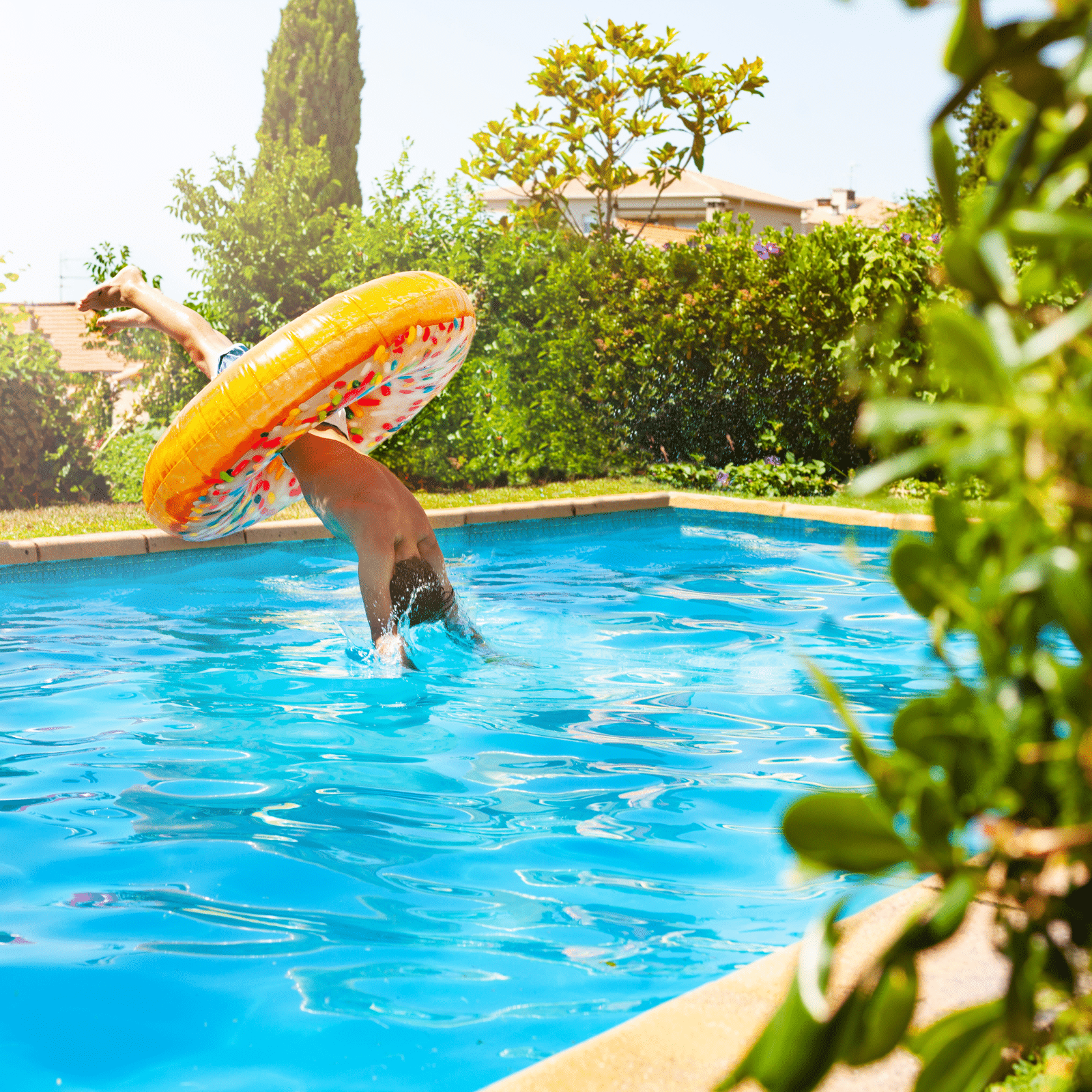1. Circulation
Pool water needs to move in order to disperse pool chemicals and improve water filtration. Stagnant water can create a breeding ground for bacteria and algae growth. Pool pumps circulate water and pool chemicals (in particular chlorine) to help eliminate bacteria. To ensure adequate water circulation and chlorination, the pool water will need to be circulated twice in a 24 hour period.
To calculate water turnover it is important to work out the pump flow rate:
ie) Speck 1.25hp pump flow rate is 366LPM
366 x 60 = 21,960 Litres per hour
8 hour water turnover = 175,680 Litres (3.5 total turnovers per day)
For a 50,000L pool to circulate 2 times, the pump will need to be run for a minimum of 5 hours. As a general rule we recommend running the pump for 2x separate cycles as this will prevent the pump from running during the hottest hours of the day – eliminating motor burnout. (6-10am & 6-10pm in Summer and 6-8am & 6-8pm in Winter)
2. Filtration
Pool water must be filtered to help maintain a clean and clear swimming pool. There are three main types of pool filters—sand, cartridge and D.E. (Diatomaceous Earth). Each type of pool filter operates differently, but all work to remove dirt and debris from swimming pool water. Ensure that you clean your filter regularly according to your owner’s manual instructions. A general guide would be to complete a backwash and rinse monthly and clean the cartridge fortnightly.
3. Cleaning & Pool Maintenance
Maintaining the pool and equipment throughout the year is the easiest and most cost effective way to keep the pool sanitized, save power, water and money on your swimming pool. Failing to maintain the pool balance can lead to premature equipment failure (pumps, filters, chlorinators) algae infestations (including blackspot) and various pool surface related staining and calcium leeching. In pebblecrete pools these can require vacuuming to waste or extreme cases draining and acid washing the pool. In vinyl and fibreglass pools the staining and surface deterioration can also require full liner replacement and fibreglass re-coating which require draining of the pool and re-balancing. These processes are expensive to complete and maintaining the pool chemical balance and equipment is the easiest way to prolong pool equipment life and save money, time and stress.
4. Testing
Testing your pool water regularly is the first step towards a safe and healthy swimming pool. Hy-Clor has a range of test strips (click here), which work in conjunction with the HY-CLOR app to ensure fast & accurate results in the palm of your hands.
Hy-Clor’s 7 in 1 Instant Pool & Spa Test Strips test for 7 parameters.
| Parameter | What does the test complete? | Testing Frequency | Ideal Range | HY-CLOR Rectification Product |
| pH | Measures water acidity | Weekly | 7.2-7.6 | HY-CLOR pH Decreaser, HY-CLOR pH Increaser |
| Free Chlorine | The amount of active Chlorine in the water | Weekly | 3-5ppm | Chlorine Range |
| Total Alkalinity | The measure of waters ability to resist a change in the pH | Weekly | 80-120ppm | HY-CLOR Alkalinity Increaser |
| Stabiliser | Measure of the chlorines ability to resist being eliminated from the Sun | Weekly | 30-50ppm | HY-CLOR Stabiliser |
5. Balancing
Keeping your pool water balanced is critical to swimming pool care and a healthy swimming environment. If any testing parameter is unbalanced, it can cause other testing parameters to become unbalanced whilst creating the perfect breeding ground for harmful bacteria, algae and phosphates. Whilst chlorine is the most important element in order to protect pool owners from harmful bacteria, the remaining testing parameters need to be correct to ensure the chlorine is working as efficiently as possible.
If you need some extra help, do not hesitate to give HY-CLOR a call on 1800 625 123 for advice on what products are best suited to your needs.



